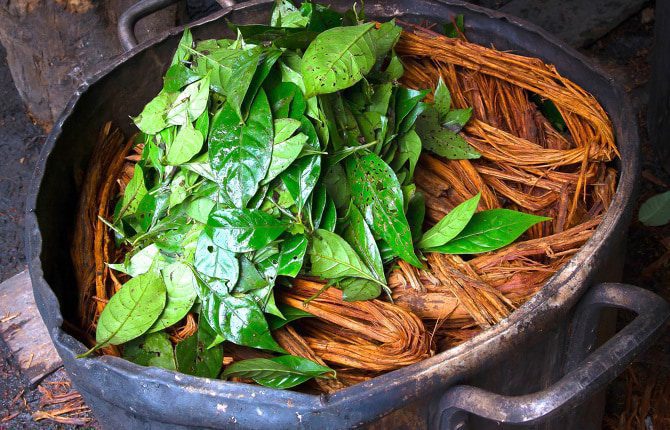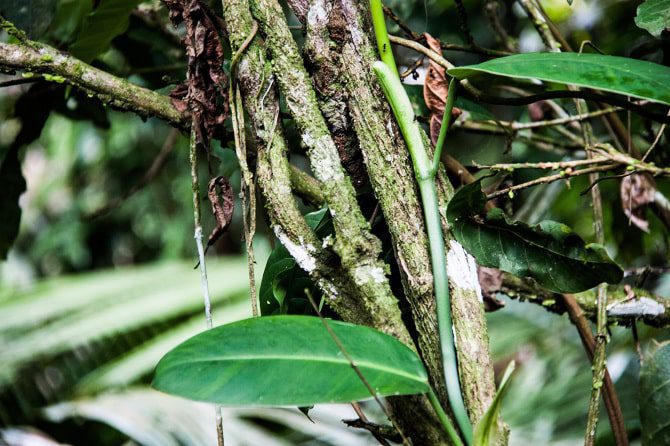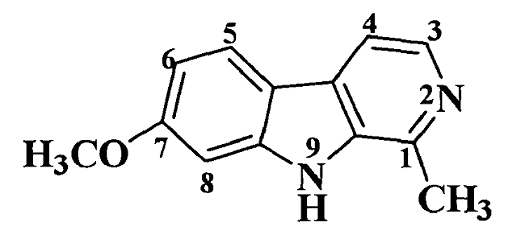Diabetes is an autoimmune disease that damages the pancreas’ ability to produce insulin for the body. It currently affects hundreds of millions of individuals world wide. The contraction rate of diabetes is at an all time high and remains the 7th leading cause of death in the United States alone. Reported by National Diabetes Statistics Report 2014, 29.1 million Americans, or 9.3% of the American population, had been diagnosed with a type of diabetes in the year 2012. Additionally, 86 million Americans age 20 and older had already been diagnosed with prediabetes.
There is some very promising research is being conducted for the purpose of finding an effective cure or treatment for this rampant condition. One of the most promising chemicals to date is harmine, a primary component in the psychoactive plant mixture known as ayahuasca. Harmine demonstrated the ability to generate beta cells in the pankreas, which are killed of by diabete and are crucial for the production of insulin.The study was led by researchers of the Icahn School of Medicine at Mount Sinai and the results have been published in the journal Nature Medicine.
“Using three different mouse and human islet in vivo–based models, we show that harmine is able to induce beta cell proliferation, increase islet mass and improve glycemic control. These observations suggest that harmine analogs may have unique therapeutic promise for human diabetes therapy.” – Stated in the findings
The team then put harmine’s beta cell proliferation to the test by injecting human islets into diabetic mice and then administering the harmine. This triggered the beta cell production, which brought blood glucose levels back to normal. The harmine caused the beta cell count in the pankreas of the mice to triple. Having tested of 100,000 compounds for the purpose of this study, harmine was the only one to bring about the proliferation of insulin- producing beta cells.
“Our results provide a large body of evidence demonstrating that the harmine drug class can make human beta cells proliferate at levels that may be relevant for diabetes treatment. While we still have a lot of work to do in improving the specificity and potency of the harmine and related compounds, we believe these results represent a key step toward more effective future treatment of diabetes.” – Senior study author Andrew Stewart, MD, Director of the Diabetes, Obesity and Metabolism Institute at the Icahn School of Medicine
Currently, Beta cell regeneration is believed to be the key to curing diabetes, though there is still much to be learned. The team is now working on developing drug candidates using harmine that will only target beta cells and then proceeding from there. Paired with improved health choices and habits, perhaps the perpetual plague of diabetes may finally be brought to an end.
H/T: The Mind Unleashed
References
Peng Wang, Juan-Carlos Alvarez-Perez, Dan P Felsenfeld, Hongtao Liu, Sharmila Sivendran, Aaron Bender, Anil Kumar, Roberto Sanchez, Donald K Scott, Adolfo Garcia-Ocaña, Andrew F Stewart. A high-throughput chemical screen reveals that harmine-mediated inhibition of DYRK1A increases human pancreatic beta cell replication. Nature Medicine, 2015; DOI: 10.1038/nm.3820Mount Sinai Medical Center. “Novel drug candidate regenerates pancreatic cells lost in diabetes.” ScienceDaily. ScienceDaily, 9 March 2015.


